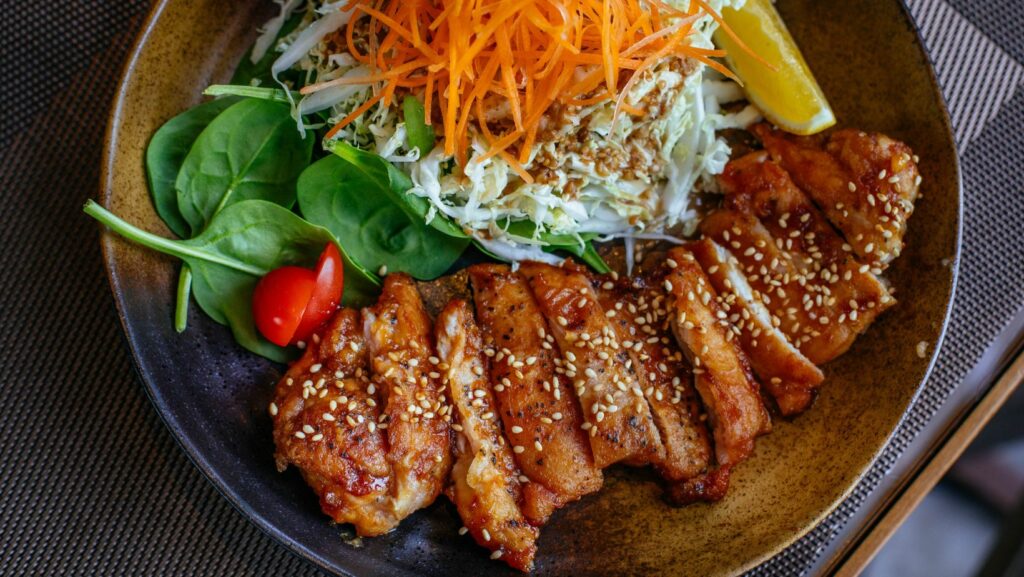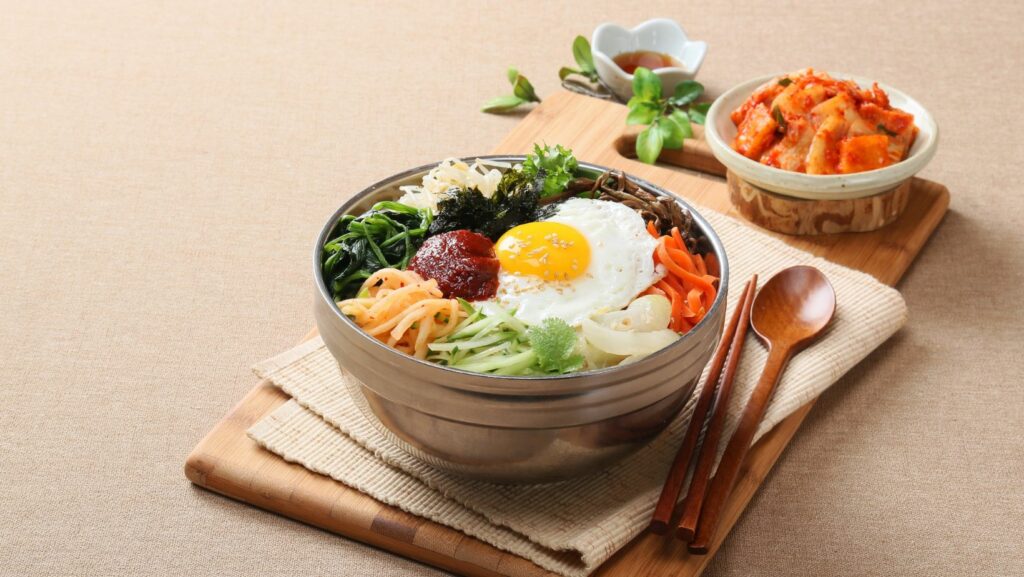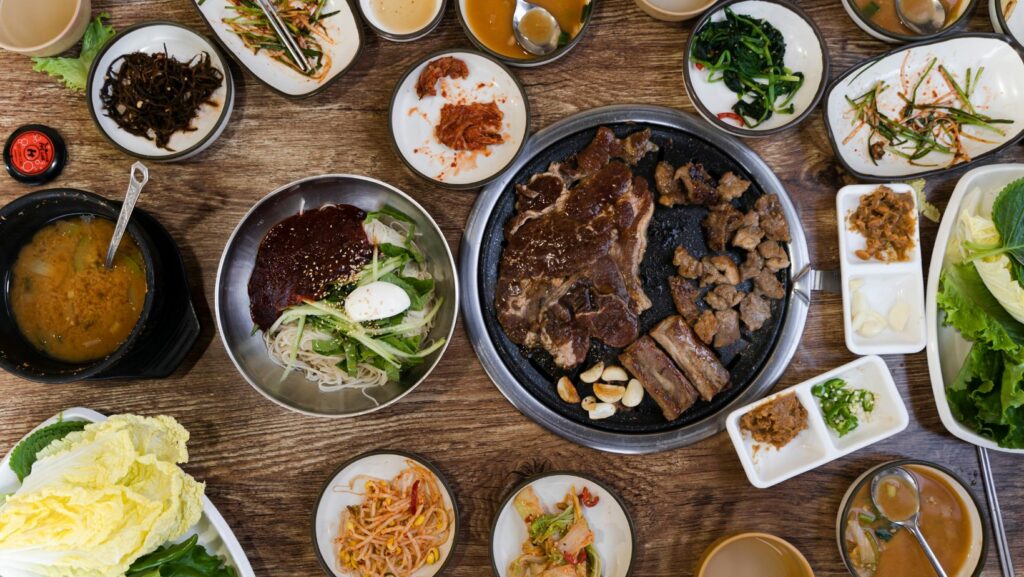Korean Food Trends

Korean cuisine has been making waves in the culinary world, captivating taste buds with its unique flavors and vibrant dishes. From the sizzle of Korean BBQ to the comforting warmth of a steaming bowl of bibimbap, Korean food trends continue to evolve, offering a delightful fusion of tradition and innovation. With a focus on fresh ingredients, bold spices, and intricate presentation, Korean cuisine has garnered a dedicated following globally.
Exploring the latest Korean food trends unveils a dynamic landscape where ancient recipes meet modern twists, creating a gastronomic experience like no other. Whether it’s the growing popularity of Korean street food or the rise of plant-based Korean dishes, the versatility and richness of Korean cuisine are undeniable. Join us on a journey through the ever-evolving world of Korean food trends, where each bite tells a story of culinary excellence and cultural heritage.
Evolution of Korean Cuisine
Reflecting on the culinary journey of Korean cuisine unveils a rich tapestry of flavors, techniques, and traditions that have evolved over centuries. Korean food culture is a true representation of blending ancient practices with contemporary innovations, creating a dynamic and diverse culinary landscape that continues to captivate food enthusiasts worldwide.

The evolution of Korean cuisine is exemplified by its ability to adapt and transform while staying true to its roots. Traditional recipes passed down through generations have been reimagined to suit modern palates, incorporating global influences without compromising authenticity. This fusion of old and new has led to the emergence of innovative culinary creations that push the boundaries of traditional Korean cooking.
One hallmark of the evolution of Korean cuisine is the emphasis on fresh, locally sourced ingredients. From the bountiful harvests of fertile farmlands to the pristine waters surrounding the Korean peninsula, each ingredient plays a crucial role in creating the vibrant and wholesome dishes that define Korean gastronomy. The focus on quality ingredients not only enhances the flavors but also contributes to the overall healthfulness of Korean cuisine.
Moreover, the increasing awareness and appreciation for Korean food on a global scale have paved the way for culinary experimentation and creativity. Chefs and food enthusiasts alike are embracing Korean flavors and techniques, incorporating them into diverse culinary styles and presentations. This cross-cultural exchange has not only elevated the status of Korean cuisine but has also inspired a new wave of food trends that celebrate the unique fusion of tradition and innovation.
In essence, the evolution of Korean cuisine is a testament to the enduring spirit of culinary exploration and reinvention. As Korean food continues to make its mark on the global gastronomic scene, its journey of evolution remains a captivating narrative of tradition, creativity, and boundless possibilities.
Popular Mainstream Korean Dishes
Bibimbap, a delightful Korean rice bowl, is a harmonious combination of steamed rice, assorted vegetables, gochujang (red chili paste), marinated beef, and a fried egg on top. This colorful and nutritious dish offers a perfect blend of flavors and textures, making it a favorite choice among food enthusiasts.

Bulgogi, a classic Korean dish, features thinly sliced beef marinated in a savory blend of soy sauce, sesame oil, garlic, and sugar. The marinated beef is then grilled to perfection, resulting in tender and flavorful meat that is enjoyed both in traditional Korean restaurants and modern culinary spaces.
Japchae, a beloved Korean noodle dish, consists of sweet potato starch noodles stir-fried with an assortment of vegetables, beef, and seasoned with soy sauce and sesame oil. This dish offers a delightful mix of flavors and textures, with the chewy noodles complementing the crisp vegetables, making it a popular choice for Korean food enthusiasts.
Tteokbokki, a spicy and savory Korean street food favorite, features chewy rice cakes cooked in a fiery gochujang-based sauce. This popular dish is often enjoyed for its bold flavors and comforting appeal, making it a staple in Korean cuisine.
Kimchi, a staple in Korean cuisine, goes beyond just fermented cabbage. This iconic dish is a spicy, tangy blend of fermented vegetables, most commonly napa cabbage and radishes, seasoned with chili pepper, garlic, ginger, and fish sauce. Kimchi’s bold flavors and probiotic benefits have made it a beloved and versatile ingredient in a variety of Korean dishes, showcasing its enduring popularity in Korean culinary culture.

